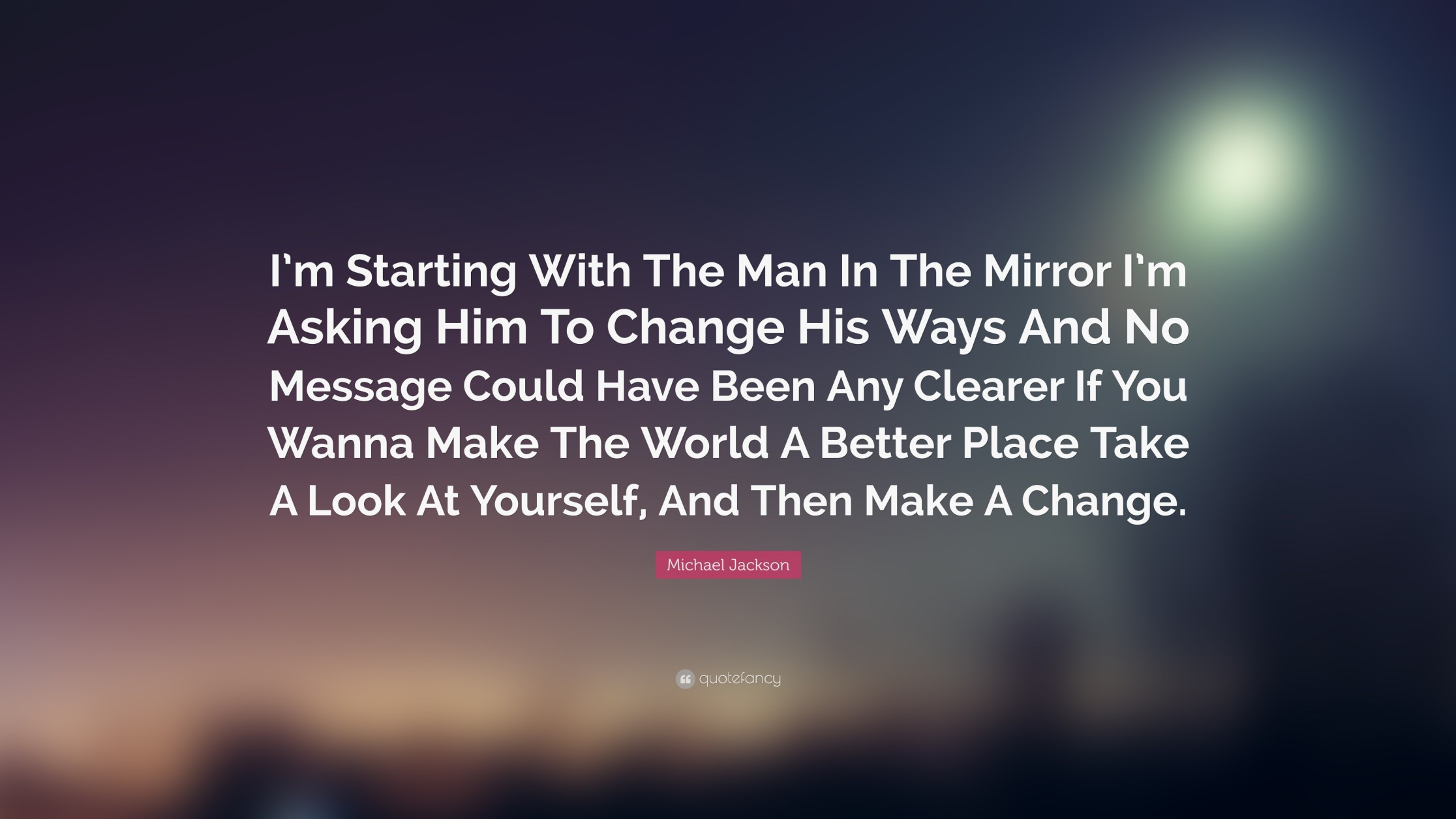As I am sitting down to write about how the leaders of tomorrow need to climb down from their ivory tower and connect more meaningfully with a workforce they don’t understand or appreciate, Michael Jackson came on the radio to helpfully remind me that leaders first need to take a good look at themselves:

Leadership is equivocal. It is a space of no right or wrong answers. There isn’t any one type of leader that is better than another. We all do it differently. But what separates good leaders from the not so good leaders is that the good ones aren’t playing a role, they are leading with authenticity and from a place of courage. Courage to show up fully, without egos in sight, they stand by their values, they are the first to show trust and lift everyone up in the face of set-backs and failures.
Every organisation is experiencing change. The traditional organisational design based on hierarchies and command and control is increasingly being displaced by network of teams regardless of industry, geography or company size. This type of agile workplace is becoming increasingly common, and with its focus on the employee experience, leaders are faced with changing employee expectations who are demanding more soulful workplaces where their skills and talents meet their deepest desire for purpose.
Organisations are making investments in agile transformations in the hope of capitalising on agile’s well documented benefits of greater speed, better product and service quality, lower costs, and increased customer orientation.
The problem with transformations is not a lack of ideas and motivation. It’s a lack of courage. Leaders cannot strive for great outcomes without being brave. And we cannot be brave without being vulnerable, because in the pursuit of greatness, come mis-steps, disappointments and failures.
‘Vulnerability is the ability to show up and to be seen and stay engaged when you´re in fear and uncertainty’. – Brene Brown
If leaders don’t align their behaviours with agile values and principles and cultivate an agile mind-set for business agility, leaders themselves will limit the return their companies can realise on their agile efforts. You can’t do the same thing over and over again and expect different results.
That’s a hard pill to swallow, after all, leaders have reached a certain level of success and capabilities doing what they do, so why and what do they need to change now? Unlearning what led to personal success in the past is a tall order.
There’s no one model for agile leadership, but more and more we see that agile leadership is all about people: empowering them, letting them take control of decision making, helping them direct their energy and activities productively, encouraging them to bring their whole selves to work.
An agile leader creates an environment where people feel safe and belong, where human ability is nurtured, valued and unleashed. An agile leader models patience, trust and wisdom through their actions. They empower their teams to actively seek opportunities to experiment and learn fast to adapt and thrive in a changing environment.
The qualities described above require an enormous amount of self-reflection and self-awareness. There is a lot at stake when leaders commit to leading with authenticity and courage.
These skills are related to emotional intelligence, not intelligence quotient. HR Managers must turn to development under individual and group emotional quotient.
To succeed in today’s highly volatile, uncertain, complex and ambiguous world it is critical for leaders to create an environment where team members feel safe to make mistakes, learn from them and take those lessons forward.
‘To scale daring leadership and build courage in teams and organizations, we have to cultivate a culture in which brave work, tough conversations, and whole hearts are the expectation, and armour is not necessary or rewarded. We have to be vigilant about creating a culture in which people feel safe, seen, heard, and respected.’ – Brene Brown
How are you leading your teams? Are you empowering your teams to have more honest conversations, respect each other and embrace each other’s differences? Are you creating a space that is safe enough for employees to speak their minds?
When you lead from a place of courage and vulnerability, you give yourself and everyone around you the chance to connect more deeply and work together more powerfully.
This is what the leaders of the future look like in the mirror.